The crowd roared as Emperor Augustus entered the Colosseum, his purple-trimmed toga gleaming in the sunlight. This wasn’t mere happenstance. Every aspect of his appearance—from his carefully cultivated modest demeanor to the strategic timing of his arrival during a moment of peak excitement—had been meticulously orchestrated. Two thousand years before campaign managers and media consultants existed, Roman emperors had already mastered the art of public opinion management.
Fast forward to 2008: Presidential candidate Barack Obama stands before 200,000 people at Berlin’s Victory Column, deliberately evoking imagery reminiscent of ancient Rome’s triumphant generals. The parallels are striking and far from coincidental. The carefully chosen backdrop, the orchestrated crowd response, the symbolic imagery—all techniques refined millennia ago by Roman political masterminds.
The sophisticated propaganda machine developed by Roman emperors wasn’t simply effective for its time; it created the fundamental blueprint for political communication that continues to dominate today’s political landscape. From Augustus’s comprehensive image rehabilitation campaign to Trajan’s monumental architectural program, Rome’s rulers understood something timeless about human psychology and mass persuasion.
Let’s explore five remarkably effective techniques Roman emperors pioneered to manipulate public opinion that remain the backbone of modern political strategy—revealing how little has changed in the art of mass persuasion across two millennia.
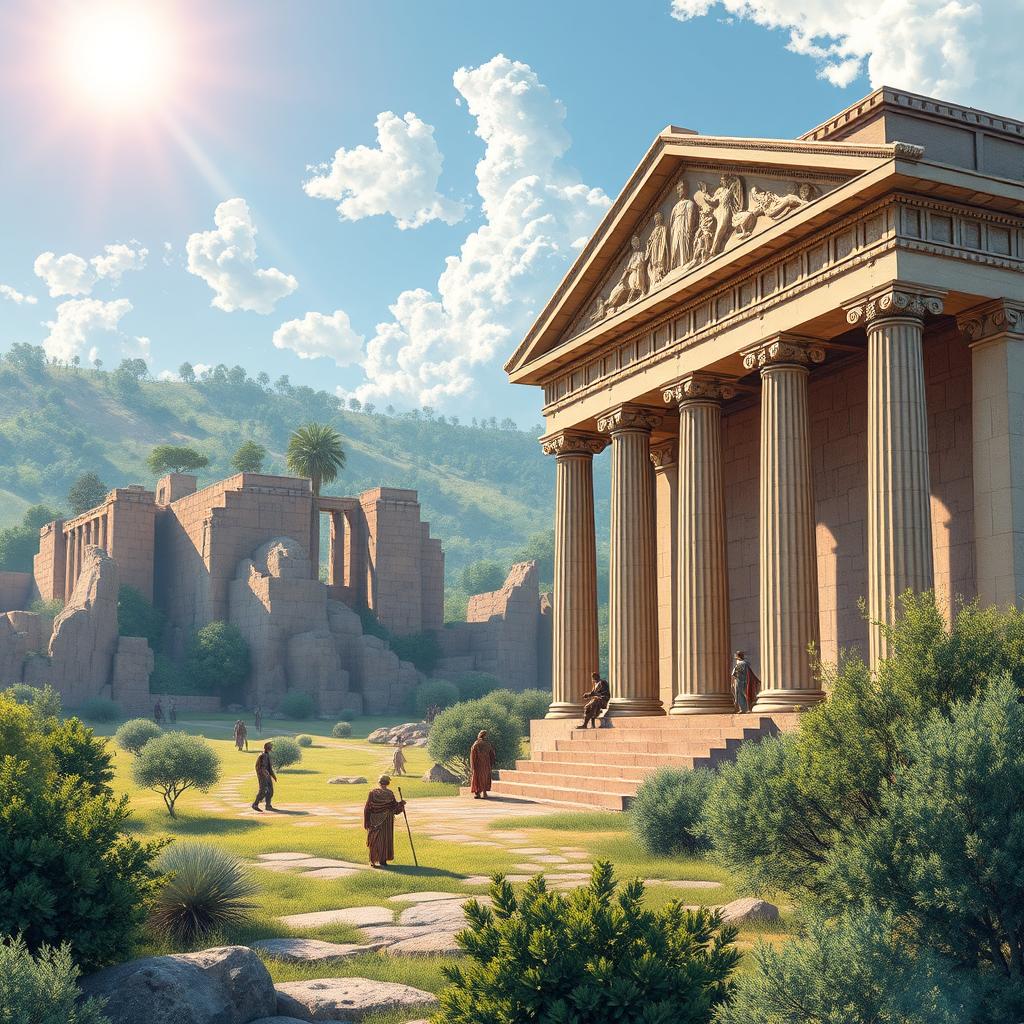
Panem et Circenses: Distraction Through Entertainment
The phrase “bread and circuses” originated with Roman satirist Juvenal, who lamented how easily the Roman populace could be manipulated through free food and entertainment. Emperor Augustus institutionalized this approach, understanding that a population focused on spectacle had less time to contemplate rebellion.
Augustus personally financed gladiatorial games that featured an unprecedented 10,000 combatants. Beyond sheer scale, he transformed these spectacles into sophisticated propaganda vehicles. Before each event, imperial achievements were paraded and announced. Foreign captives were displayed as evidence of Rome’s expanding power. The subtext was clear: your emperor delivers both victory abroad and entertainment at home.
Emperor Nero took this strategy further, personally participating in theatrical and musical performances. While historians debate his artistic talent, the political calculation was brilliant—he positioned himself not just as a ruler but as an entertainer who shared the people’s passions. Despite his numerous political failures, these spectacles maintained a level of public support that delayed his eventual downfall.
Today’s political leaders have merely updated this ancient playbook. Consider how modern administrations strategically time major sporting events with policy announcements. The Olympics, World Cup, and Super Bowl aren’t just entertainment—they’re perfect opportunities for political messaging when national attention is diverted and patriotic sentiment runs high.
Former White House Communications Director Anthony Scaramucci explicitly acknowledged this strategy: “When major news needs to be buried, we look at the entertainment calendar. A big movie premiere, awards show, or sports championship is the modern equivalent of the Roman circus.”
The psychological mechanism remains unchanged: humans have limited attention spans. When politicians provide compelling distractions, critical analysis of policies often takes a back seat. Just as Romans were less likely to revolt while enthralled by chariot races, today’s citizens are less likely to organize against unpopular measures during major entertainment events.
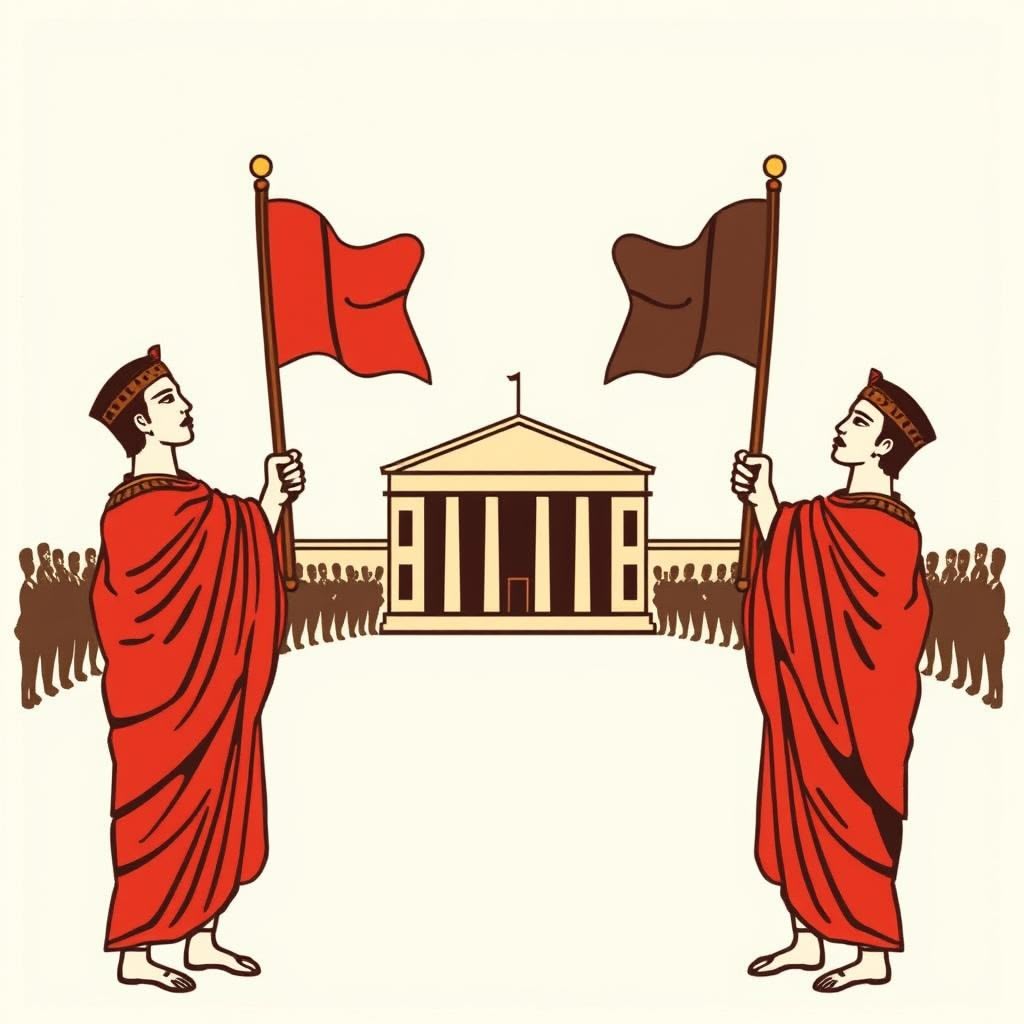
Monumental Propaganda: Architecture as Political Statement
Emperor Trajan understood that stone outlasts speeches. His magnificent Forum and Column, still standing in Rome today, communicate his military victories and benevolent rule without requiring a single word to be spoken. The massive complex wasn’t just functional—it was designed to inspire awe and communicate imperial power.
Emperor Hadrian took a different architectural approach, constructing his villa in Tivoli to showcase sophisticated cultural appreciation rather than military might. The message was subtle but clear: Rome was led by a cosmopolitan intellectual whose refined taste reflected the empire’s cultural superiority. These building programs weren’t merely vanity projects—they were sophisticated communication strategies designed to inspire specific emotions and associations with their rule.
Augustus perhaps mastered architectural propaganda most effectively, famously claiming: “I found Rome a city of brick and left it a city of marble.” This wasn’t just construction—it was narrative building. Each temple, bath, and public space reinforced his central message of restoring Roman glory after civil war. His architectural program created physical embodiments of his political narrative that citizens encountered daily.
Modern politicians have embraced this exact strategy. When Franklin D. Roosevelt launched an unprecedented building program during the Great Depression, the architectural style deliberately evoked classical Roman design elements. This wasn’t aesthetic coincidence—it was calculated to connect his administration with the stability, power, and permanence represented by Roman architecture.
More recently, authoritarian leaders have proven especially adept at architectural propaganda. North Korea’s imposing monuments, China’s Bird’s Nest Olympic stadium, and Russia’s reconstruction of military cathedrals all follow the Roman understanding that physical structures create lasting psychological impressions far more effectively than policies alone.
Dr. Maria Reynolds, professor of political architecture at Columbia University, explains: “When politicians commission buildings, they’re not just solving practical problems—they’re creating physical manifestations of their political narratives. The Romans pioneered this understanding that architecture doesn’t just reflect power—it creates it.”
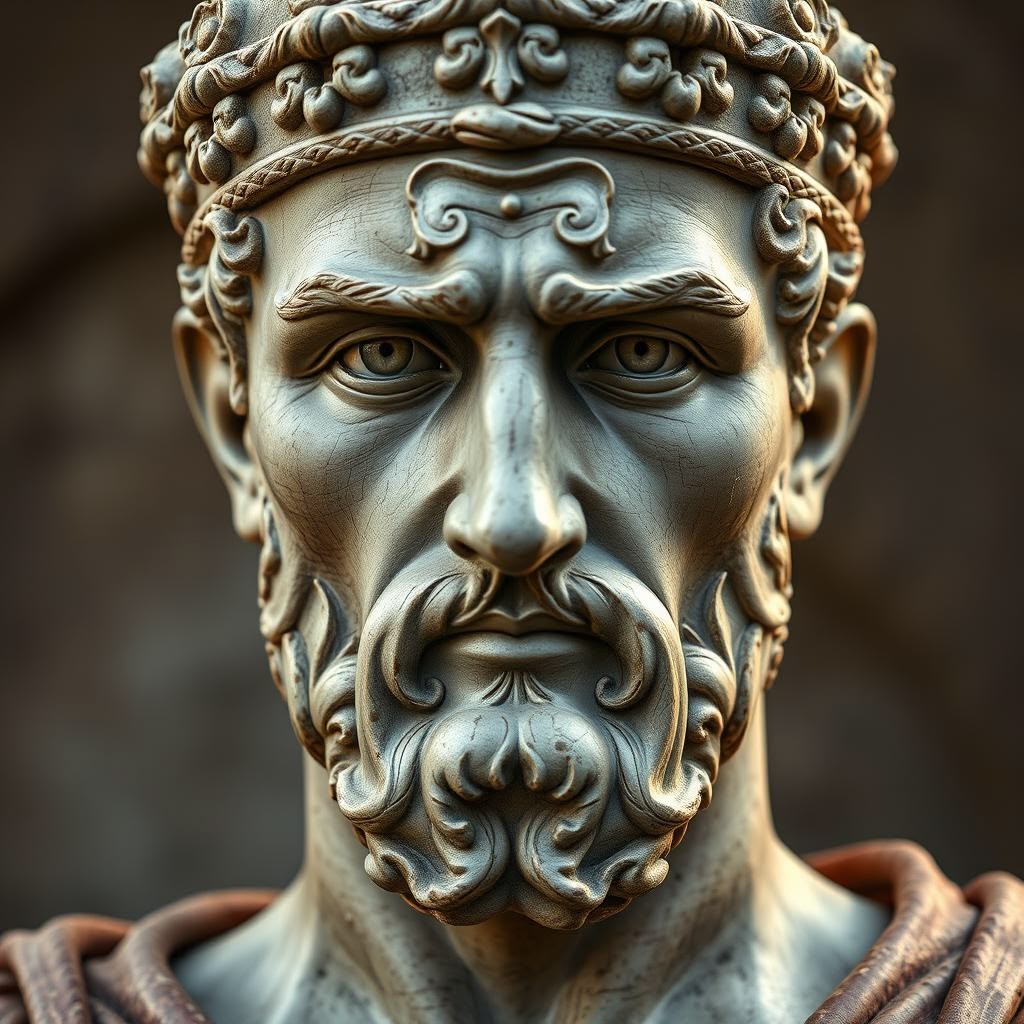
Controlled Currency: Propaganda in Your Pocket
Before social media, before television, even before widespread literacy, Roman emperors recognized the propaganda potential of something citizens interacted with daily: coins. These small metal discs represented the most sophisticated mass communication technology of the ancient world.
Emperor Augustus pioneered strategic messaging on currency, carefully selecting imagery that reinforced his political narrative. After defeating Mark Antony and Cleopatra, coins suddenly appeared showing Egyptian crocodiles in chains with the phrase “Egypt Captured.” This wasn’t just currency—it was a news bulletin announcing his triumph to even the most remote provinces.
When Emperor Vespasian seized power after civil war, he faced a legitimacy crisis. His solution? A systematic coin program featuring the goddess Roma “revived” and images of stability and peace. The messaging targeted different audiences—military-themed coins for frontier provinces with large army populations, civic-themed coins for urban centers. This targeted messaging strategy predates digital microtargeting by two millennia.
Modern governments continue this tradition with remarkably similar techniques. When the European Union introduced the euro, the deliberate decision to feature bridges and gateways rather than national heroes was a sophisticated propaganda choice—emphasizing connection over nationalism. American currency prominently features founding fathers and national monuments to reinforce patriotic narratives and governmental legitimacy.
The psychological mechanism remains identical. Currency, handled multiple times daily by citizens, creates subtle but persistent exposure to political imagery and messaging. Former Federal Reserve Chairman Ben Bernanke acknowledged this continuing reality: “Currency design remains one of the few direct ways governments communicate values and identity to citizens on a daily basis. This function hasn’t changed since Roman times.”
Digital currencies might seem to challenge this propaganda vector, but they’ve merely transformed it. When countries develop central bank digital currencies, the interface design—colors, symbols, and imagery—all continue this ancient tradition of embedding political messaging into everyday financial transactions.

Manufactured Authenticity: The Calculated Public Appearance
Emperor Hadrian traveled more extensively throughout the Roman Empire than any other emperor, spending over half his reign visiting provinces. While presented as genuine interest in provincial welfare, these journeys were carefully choreographed propaganda exercises. Before his arrival, local officials received detailed instructions about expected displays of loyalty, which issues could be presented to the emperor, and even prescribed crowd responses.
Emperor Augustus mastered the strategy of “manufactured authenticity” by carefully cultivating a public image of traditional Roman simplicity. While possessing immense wealth and power, he deliberately lived in a modest home, wore simple clothing produced by his own family, and frequently walked through Rome without elaborate security. This wasn’t genuine simplicity—it was calculated to contrast with Mark Antony’s perceived eastern extravagance and position Augustus as an authentic Roman despite his autocratic power.
The famous “Res Gestae Divi Augusti” (The Deeds of the Divine Augustus)—displayed throughout the empire after his death—represented ancient Rome’s equivalent of a carefully crafted presidential library, highlighting achievements while conveniently omitting controversial aspects of his reign. This selective presentation of facts to create a curated public image defines political communication to this day.
Modern politicians have perfected these same techniques of manufactured authenticity. When candidates remove their ties, roll up their sleeves, and eat at local diners during campaigns, they’re following Augustus’s playbook of strategic relatability. These aren’t spontaneous moments but carefully planned photo opportunities designed to create specific impressions of authenticity.
Political strategist David Axelrod, who helped craft Barack Obama’s public image, acknowledges this ancient lineage: “The most effective political imagery feels authentic while being strategically conceived. Whether it’s a Roman emperor walking through the forum or a modern president shopping at a local bookstore, these ‘authentic’ moments are designed to tell a specific story about who a leader is.”
Social media has not fundamentally changed this dynamic—it has merely provided new channels for the same ancient technique. When politicians post seemingly candid family moments or behind-the-scenes glimpses of their daily lives, they’re employing Hadrian’s strategy of controlled intimacy that creates an illusion of access while carefully managing the actual narrative.
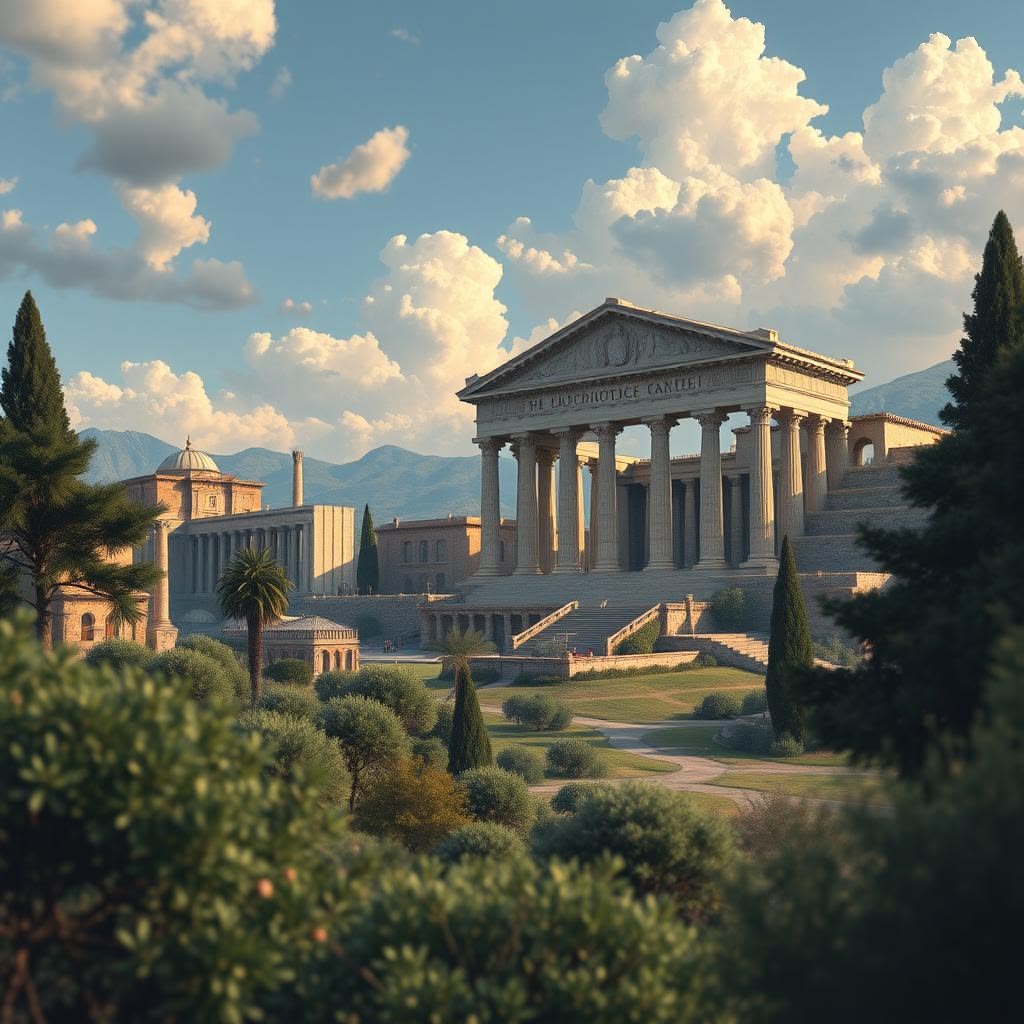
Values Alignment: The Strategic Use of Religion and Tradition
When Augustus launched his extensive program of religious revival, restoring 82 temples throughout Rome, the motivation wasn’t primarily spiritual. He understood that positioning himself as defender of traditional Roman religion created powerful associations with Rome’s past glory and aligned his rule with deeply held public values.
Emperor Constantine’s embrace of Christianity represents perhaps the most consequential example of Roman values alignment. Recognizing Christianity’s growing influence, Constantine didn’t just legalize the religion—he systematically incorporated its symbols, language, and moral framework into imperial propaganda. The famous story of seeing a cross before battle wasn’t just religious conversion—it was masterful political communication that aligned imperial power with emerging cultural values.
This technique extended beyond religion. When Emperor Claudius faced questions about his legitimacy, he strategically emphasized his family connection to Augustus through statuary, inscriptions, and public ceremonies. By visually associating himself with a beloved predecessor, he tapped into existing public sentiment rather than building support from scratch—a technique modern political dynasties continue to employ.
Today’s politicians employ identical strategies when they appear at religious services, reference founding documents, or wrap policies in the language of traditional values. The calculation remains the same: aligning political messaging with pre-existing values systems is more effective than attempting to change those values.
Political communications expert Dr. Jonathan Mercer explains: “When politicians invoke religious imagery or traditional values, they’re not necessarily expressing personal conviction—they’re strategically tapping into established moral frameworks that short-circuit rational policy analysis. This technique is as effective now as when Roman emperors rebuilt temples to curry public favor.”
Modern campaign rallies featuring religious leaders, flag imagery, and references to founding principles follow directly from the Roman playbook of values alignment. The psychological mechanism remains unchanged: humans more readily accept political messages that appear to reinforce their existing belief systems rather than challenge them.
The Timeless Psychology of Political Persuasion
What makes these Roman propaganda techniques so remarkably durable across two millennia isn’t technological—it’s psychological. Roman emperors intuitively understood fundamental aspects of human cognition that modern neuroscience has only recently confirmed.
The effectiveness of “bread and circuses” anticipates what psychologists now call the “limited attention resource theory”—humans can only focus on a finite number of issues simultaneously. Architectural propaganda leverages “embodied cognition”—our physical environment shapes abstract thinking in predictable ways. Coin messaging exploits mere-exposure effect—repeated contact with imagery creates familiarity and preference.
Modern political operatives might use sophisticated terms like “narrative framing,” “value alignment,” and “authentic engagement,” but they’re applying psychological insights Roman emperors already intuited. Augustus didn’t need focus groups to understand that appearing in the Colosseum during moments of peak excitement would associate his rule with positive emotions.
As communications historian Dr. Elaine Sullivan notes: “What’s most remarkable about Roman propaganda isn’t its sophistication for its time, but how completely it anticipated what we consider ‘modern’ political communication. Today’s campaigns use focus groups and data analytics to discover principles Roman emperors already understood through political intuition and practical application.”
This psychological foundation explains why these techniques transcend cultural contexts—from Roman paganism to modern secular democracies—and technological evolution from stone monuments to digital platforms. The underlying human cognitive processes remain consistent.
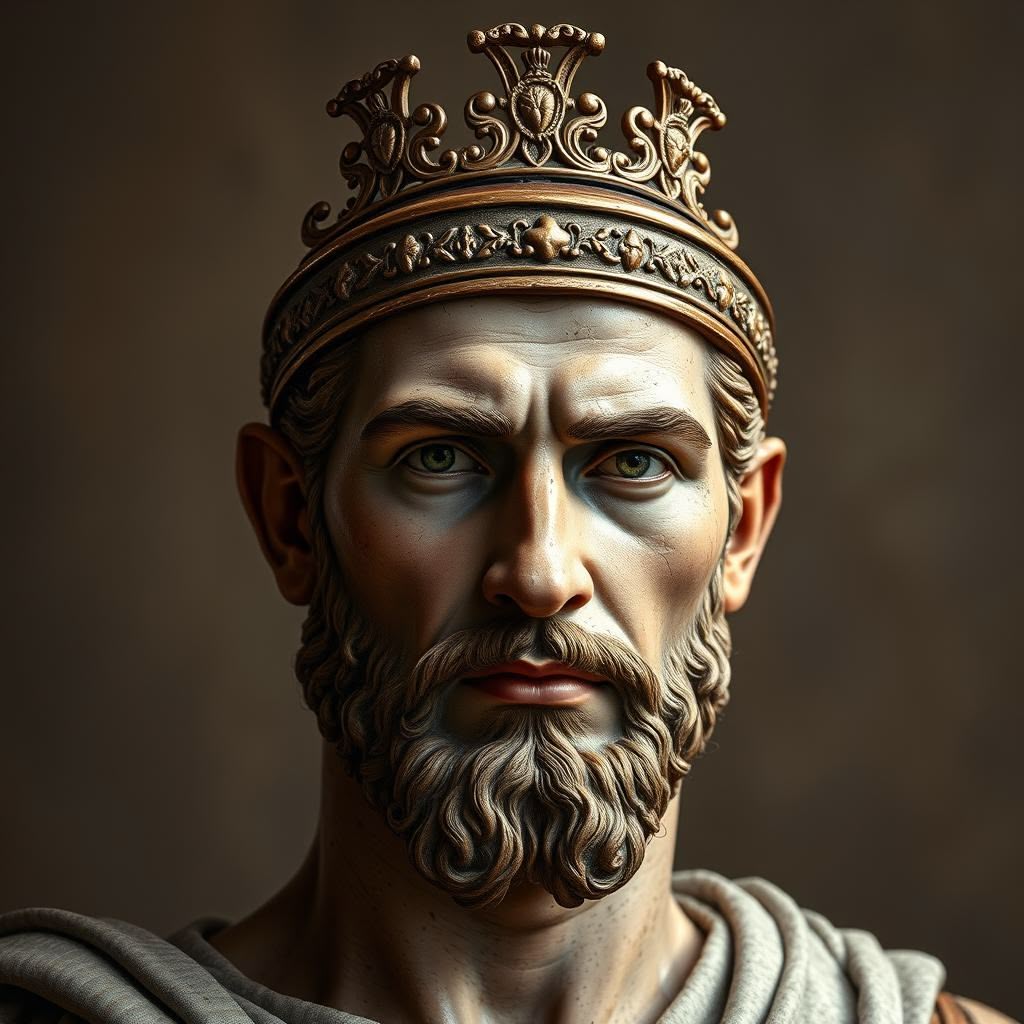
Learning from History’s Master Communicators
Understanding these ancient propaganda techniques offers more than historical curiosity—it provides essential context for analyzing modern political communication. When we recognize a politician’s “impromptu” interaction with supporters as a version of Augustus’s manufactured authenticity or identify a massive infrastructure project as following Trajan’s architectural propaganda strategy, we become more sophisticated consumers of political messaging.
For organizations and leaders, Roman propaganda techniques offer valuable lessons in effective communication that have stood the test of time. The Roman emphasis on consistent messaging across multiple channels, strategic use of imagery, and alignment with existing value systems remains the foundation of effective public relations and leadership communication.
Perhaps most importantly, recognizing these ancient patterns reminds us that while technology evolves rapidly, human psychology changes much more slowly. The same cognitive processes that made Roman citizens susceptible to imperial propaganda continue to influence how modern citizens process political information.
The next time you watch a political rally, notice a new government building, or see a politician’s “candid” social media post, look for the echoes of Roman propaganda techniques. You’ll likely discover that beneath our digital veneer, we remain remarkably similar to the citizens who gathered in the Roman forum two thousand years ago, equally susceptible to the timeless art of persuasion pioneered by history’s most effective communicators—the emperors of ancient Rome.
As Cicero observed in words that remain relevant today: “The skill to persuade is not born but made.” Rome’s emperors perfected this skill into an art form that continues to shape our political landscape in ways most citizens—ancient and modern—rarely recognize.

